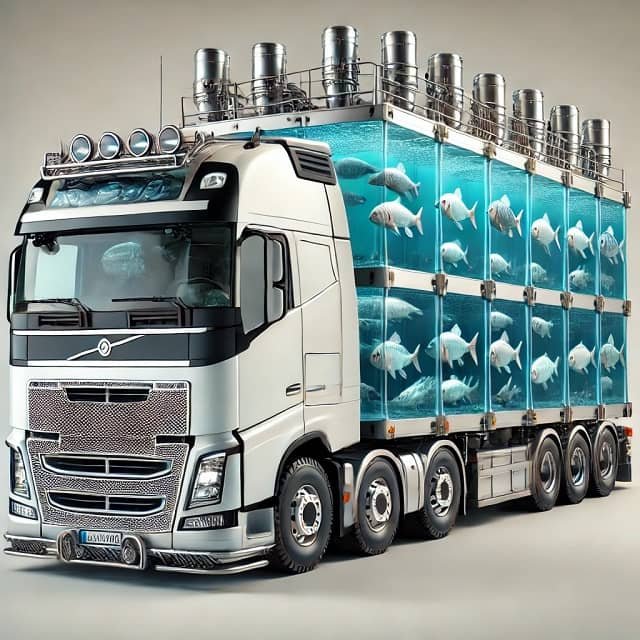In this thesis, I have investigated the genetic makeup of several different cod populations that are experiencing different environmental conditions and have different life history strategies on both sides of the Atlantic Ocean. By genetically comparing these groups, we aim to identify distinct parts of the Atlantic cod genome that have importance for adaptation to environmental conditions such as salinity, temperature and oxygen level and that may be associated with the differences in migratory behavior in Atlantic cod.
For more than 80 years, researchers have disagreed on whether two populations of Atlantic cod (NEAC and NCC) are one or two distinct species. This thesis contributes to this discussion by showing that NEAC and NCC is the same species that have adapted to different conditions. In the thesis, I identify which areas of the genome that have elevated genetic difference between the two groups and I show that these differences are concentrated in several genetic regions. Strong linkage between these regions indicates that these regions are inverted.
In addition to comparing NEAC and NCC, comparisons are also made between oceanic and coastal populations of cod at the North Sea/ Skagerrak coast and between populations from the western and eastern Atlantic. We find that the inverted regions are playing a role in the genetic differentiation in all of our populations. For instance, we observe similar differences also in the western Atlantic populations despite the fact that western and eastern Atlantic cod populations have been separated for more than 100.000 years.
Another important enigma is how Atlantic cod have adapted to a life in the brackish waters of the Baltic Sea. In the thesis, areas in the cod genome that contains genes relevant for egg and larvae buoyancy (enabling fertilization in low saline conditions) as well as genes relevant for adult survival in low saline environments are identified.
In sum, the results have implications for the identification of genetically differentiated populations and sustainable management of these populations.
Reference (open):
Paul R. Berg, Bastiaan Star, Christophe Pampoulie, Marte Sodeland, Julia M. I. Barth, Halvor Knutsen, Kjetill S. Jakobsen & Sissel Jentoft. Three chromosomal rearrangements promote genomic divergence between migratory and stationary ecotypes of Atlantic cod. Scientific Reports 6, Article number: 23246 (2016). doi:10.1038/srep23246
http://www.nature.com/articles/srep23246
Source: University of Oslo
Stay Always Informed
Join our communities to instantly receive the most important news, reports, and analysis from the aquaculture industry.
Editor at the digital magazine AquaHoy. He holds a degree in Aquaculture Biology from the National University of Santa (UNS) and a Master’s degree in Science and Innovation Management from the Polytechnic University of Valencia, with postgraduate diplomas in Business Innovation and Innovation Management. He possesses extensive experience in the aquaculture and fisheries sector, having led the Fisheries Innovation Unit of the National Program for Innovation in Fisheries and Aquaculture (PNIPA). He has served as a senior consultant in technology watch, an innovation project formulator and advisor, and a lecturer at UNS. He is a member of the Peruvian College of Biologists and was recognized by the World Aquaculture Society (WAS) in 2016 for his contribution to aquaculture.




